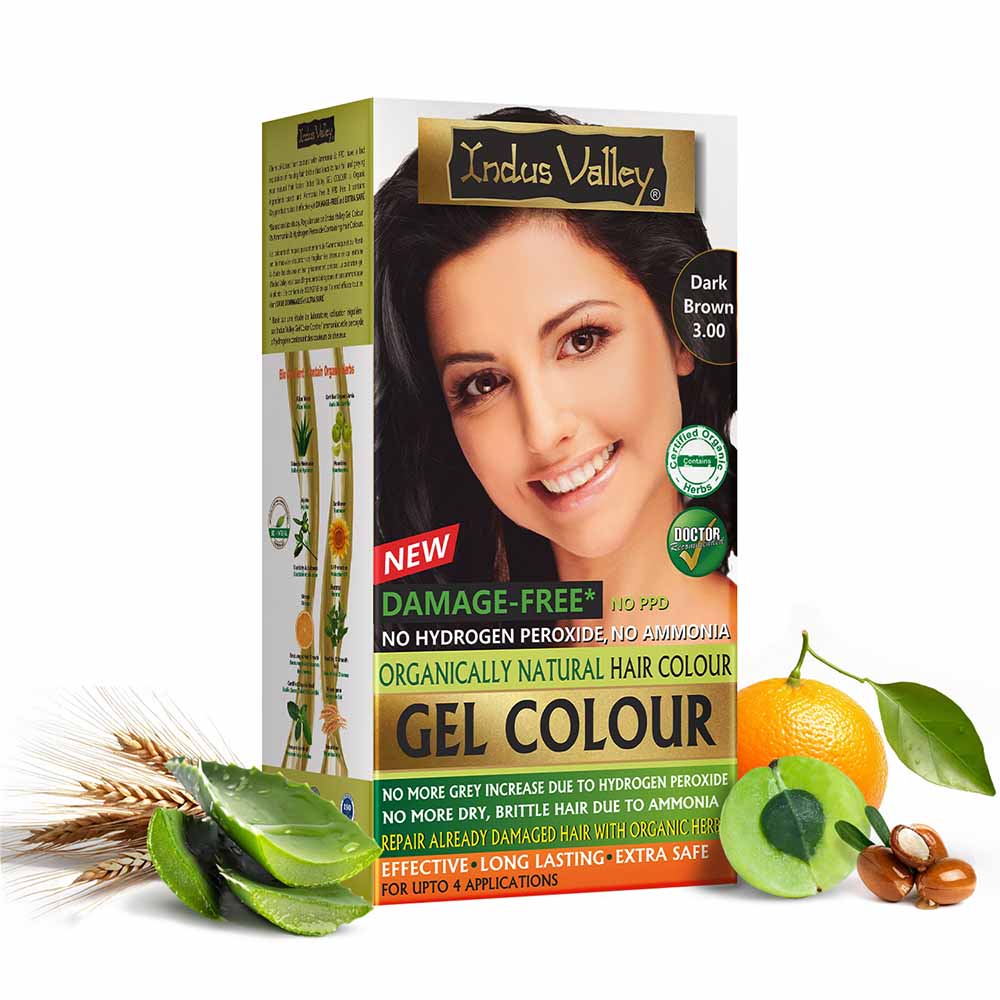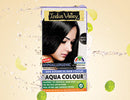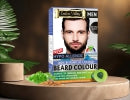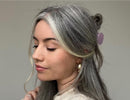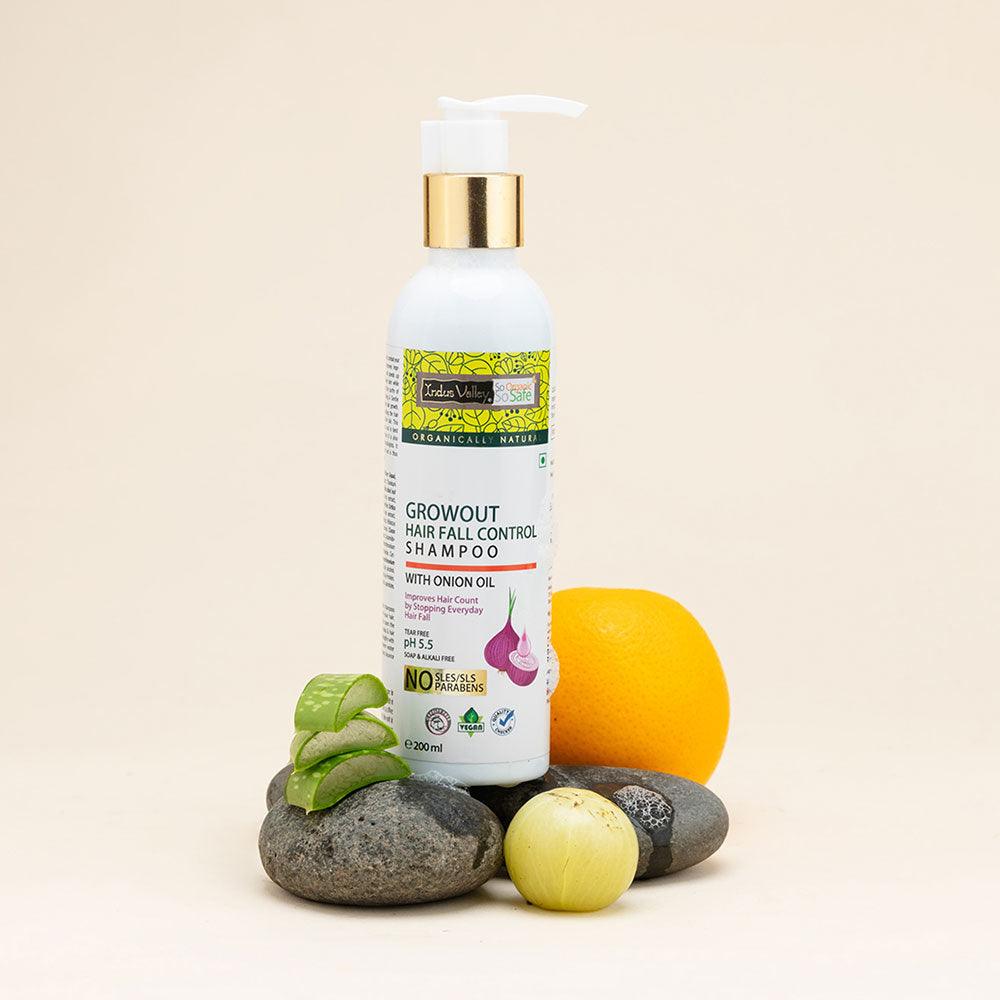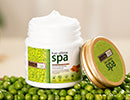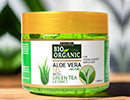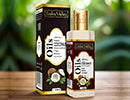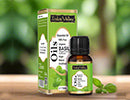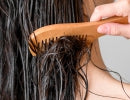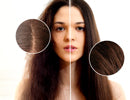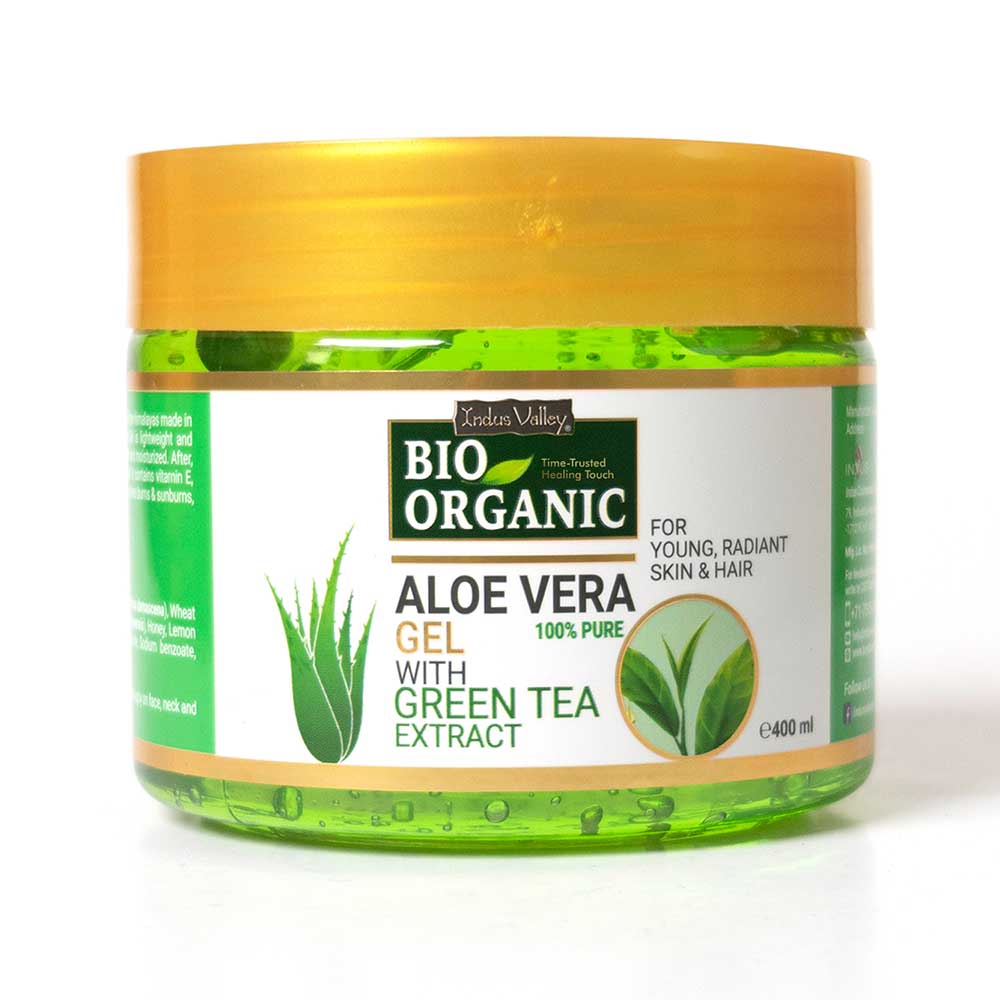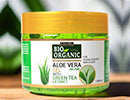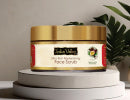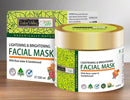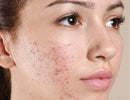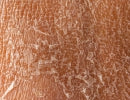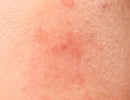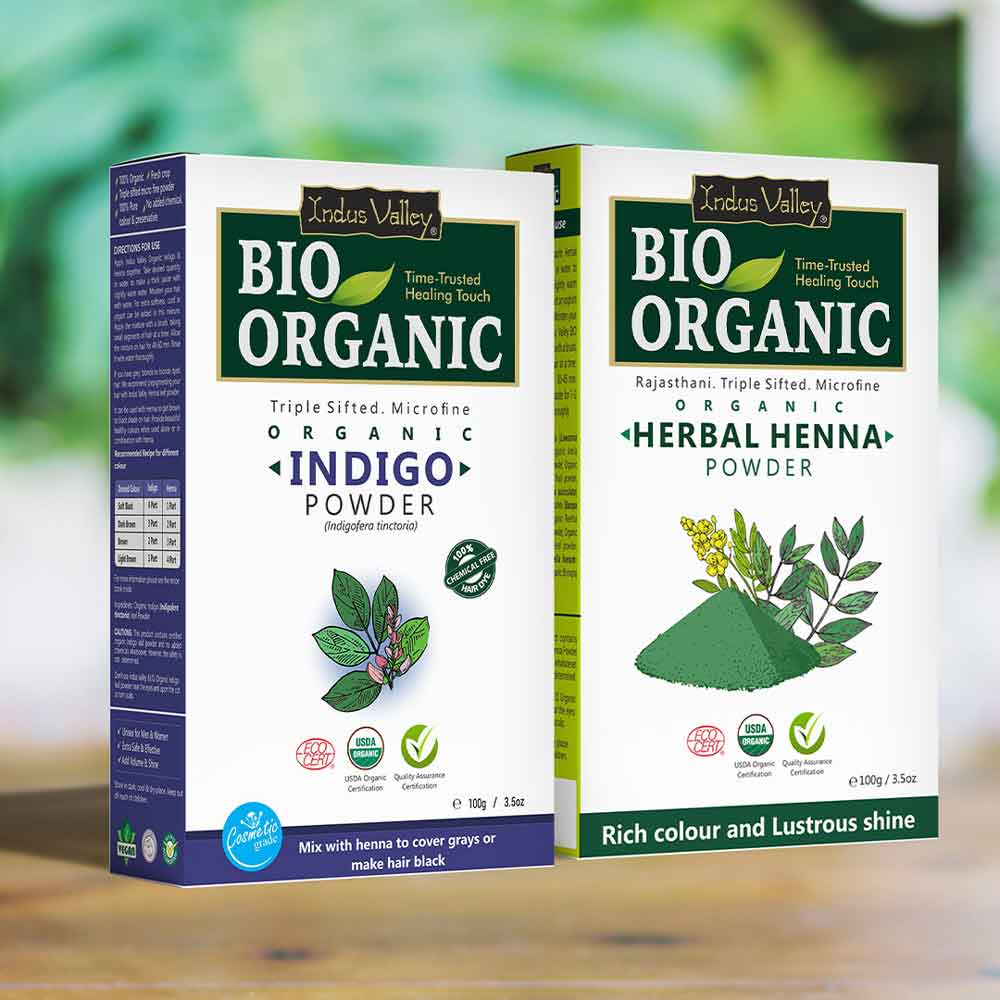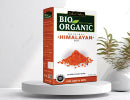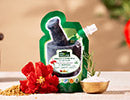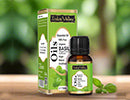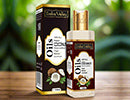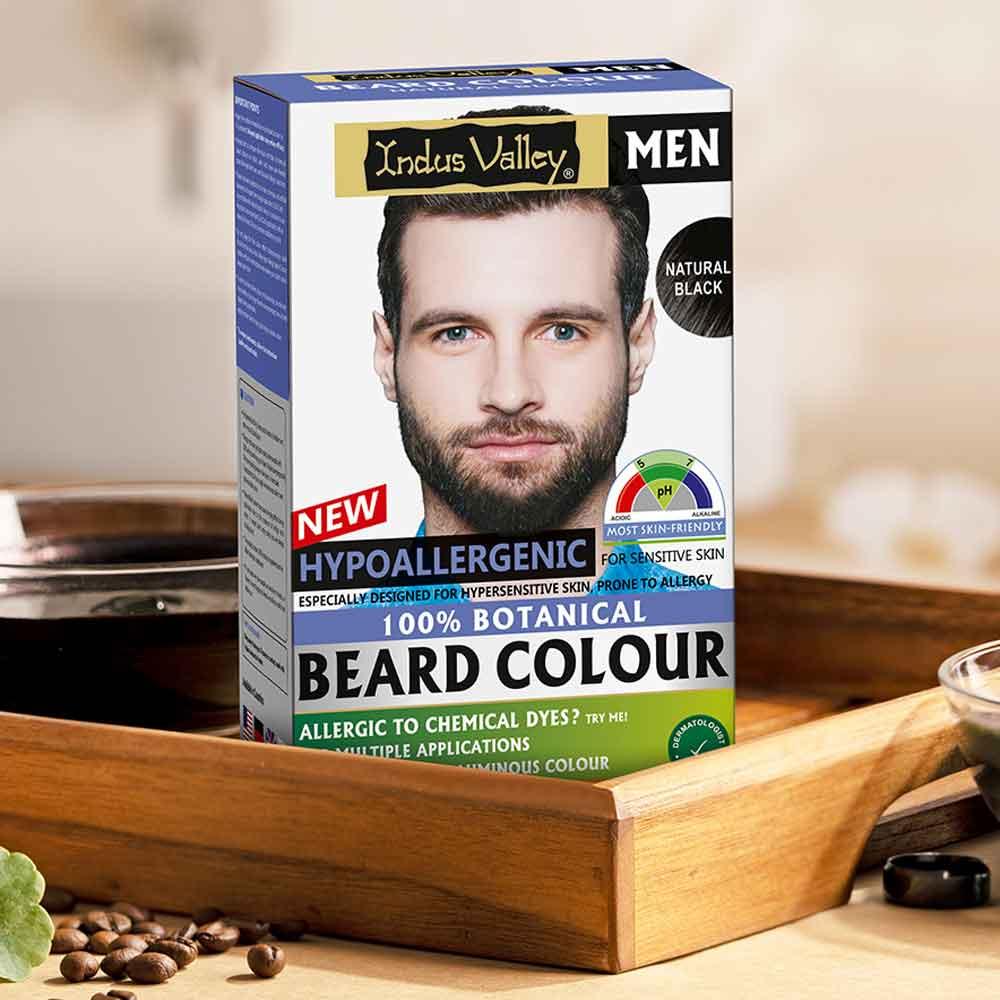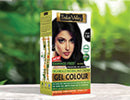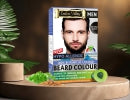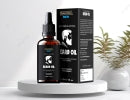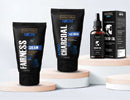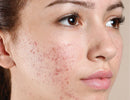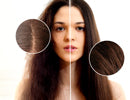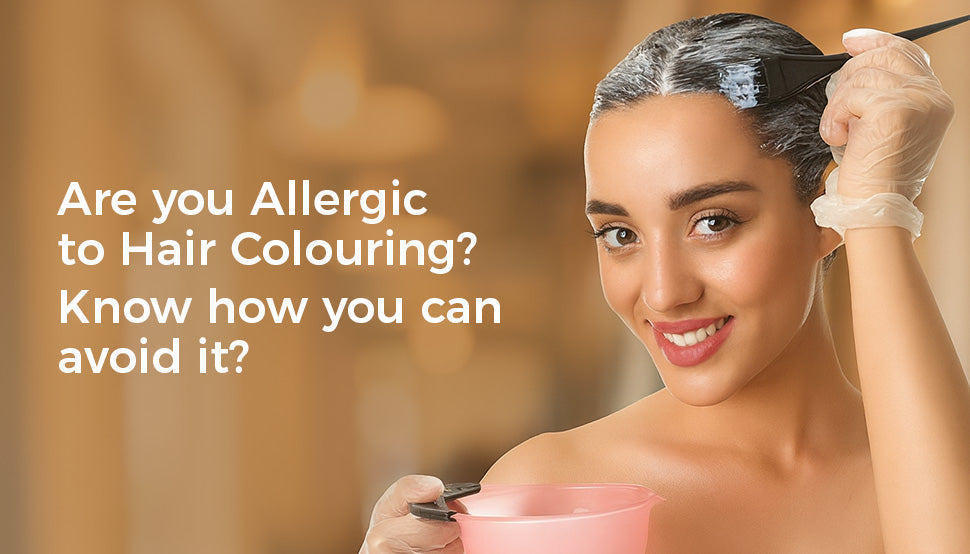Colouring your hair can be an exciting transformation, but for many, it comes with a painful downside: allergic reactions. From itchy scalps to severe skin irritation, allergies to hair dye ingredients are more common than you may think.
With a better understanding of what triggers these reactions and by choosing the right natural hair colour products, you can continue enjoying hair colour without harming your health.
Table of Contents
Here's what you need to know and how to stay safe while colouring.

What Causes Hair Colour Allergies?
Most hair dye allergies are caused by chemical hair dyes, particularly ingredients like
- PPD (Para-Phenylenediamine): A common allergen in dark hair dyes
- Ammonia: Used to open the hair cuticle, but can irritate skin and eyes
- Resorcinol and Parabens—linked to skin reactions and hormone disruption
These chemicals can penetrate the skin, triggering symptoms like itching, redness, swelling, and, in severe cases, blistering or contact dermatitis. People with eczema, psoriasis, asthma, or generally sensitive skin are especially at risk.
Common Signs of Hair Dye Allergies
- Burning or stinging on the scalp
- Red patches or inflammation
- Itchy neck, ears, or forehead
- Swelling of the eyelids or face
- Rashes, hives, or blistering skin
If you notice any of these after colouring your hair, it’s important to stop using the product immediately and consult a dermatologist.
How to Avoid Hair Colour Allergies
Thankfully, avoiding allergic reactions doesn’t mean avoiding colour altogether.There are ammonia-free hair colour and organic hair colour options that are designed for safety, especially for those with reactive or allergy-prone skin.
Here’s how to colour safely:
1. Switch to a Natural or Organic Hair ColourThe best way to prevent allergic reactions is to opt for natural hair colour formulas that don’t contain harsh chemicals. Organic hair colours use plant-based ingredients like
- Henna
- Indigo
- Amla
- Aloe Vera
- Chamomile
These ingredients colour the hair while nourishing the scalp, without triggering inflammatory responses.
2. Try Aqua Hair Colour—Made for Sensitive ScalpsIf you’ve struggled with allergies in the past, Aqua Hair Colour is your ideal solution. Specially formulated for sensitive and allergic scalps, Aqua Hair Colour is:
- 100% ammonia free
- Free from PPD, parabens, and heavy metals
- Enriched with soothing herbal ingredients
It offers gentle yet effective colouring without irritation, making it safe for even the most reactive skin. Aqua Hair Colour is dermatologically tested and provides lasting results without burning, stinging, or itching.
3. Choose Damage-Free Hair Colouring with Indus ValleyAnother excellent alternative is the Indus Valley Damage-Free Hair Colour. Ideal for those looking to protect their hair while colouring, it:
- Uses organic hair colour ingredients
- Is ammonia-free, PPD-free, and cruelty-free
- Gently coats the hair shaft without disturbing its natural structure
- Covers greys effectively and improves hair texture over time
This colour is suitable for people with mild sensitivities and those looking to switch to a safer, more nourishing hair colour routine.
4. Always Do a Patch TestRegardless of how safe the product claims to be, always do a patch test at least 48 hours before application. Apply a small amount behind your ear or on your inner elbow and wait to see if there’s any reaction.
Even with natural hair colour, sensitivity can occur in rare cases, especially if you’re allergic to specific herbs.
5. Avoid Frequent Chemical DyesRepeated use of conventional dyes increases the risk of allergies over time. Instead of colouring every 2–3 weeks with chemical formulas, switch to ammonia-free hair colour that is safe for regular use and doesn’t build up toxicity on your scalp.
6. Consult a Dermatologist for Severe ReactionsIf you’ve already experienced a severe allergic reaction to hair dye in the past, it’s best to get a dermatologist’s advice before using any product, even organic ones. In some cases, allergy testing may be recommended.
Summary
Being allergic to hair colour doesn’t mean you have to stop colouring your hair. With the right products and precautions, you can achieve beautiful results safely. Aqua Hair Colour is the perfect solution for those with sensitive skin, while Indus Valley Damage-Free Hair Colour offers gentle nourishment and stunning coverage for all hair types.




